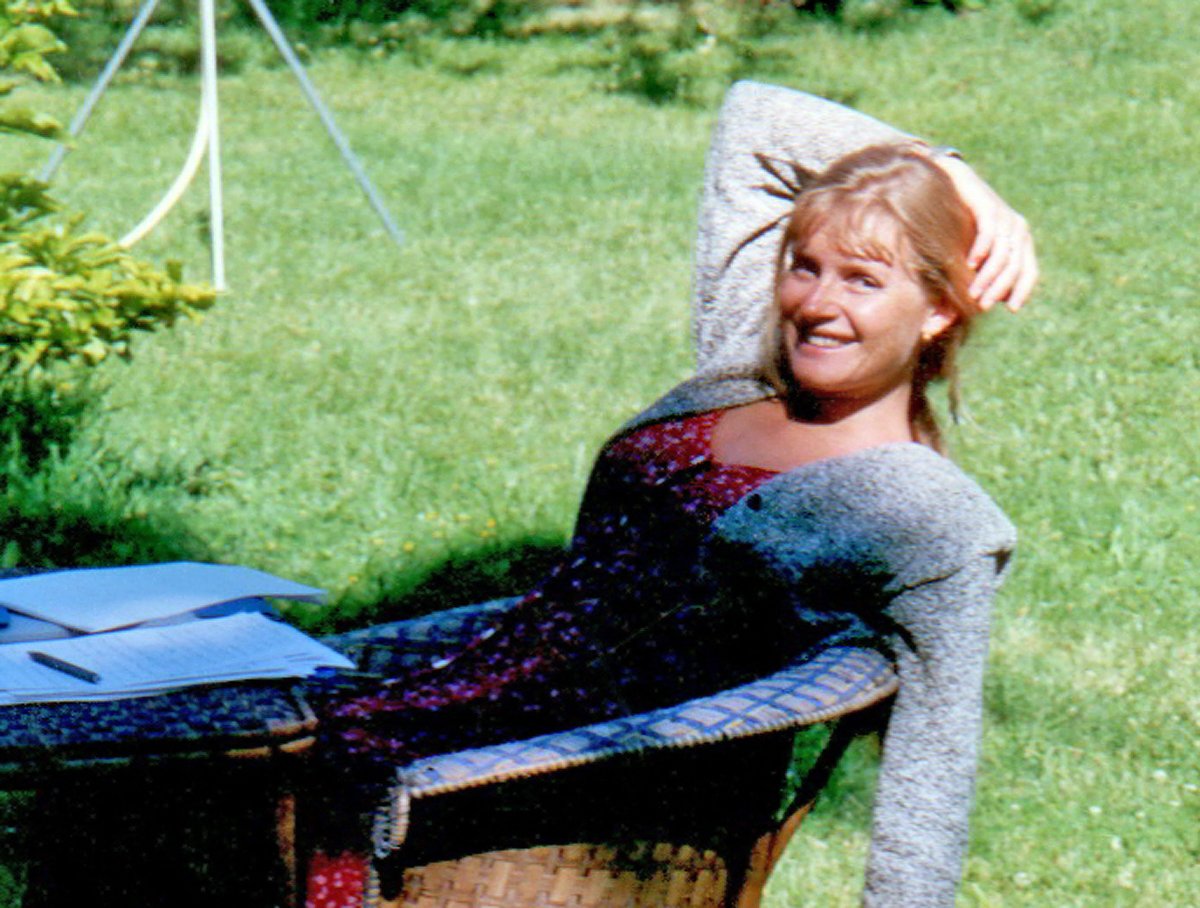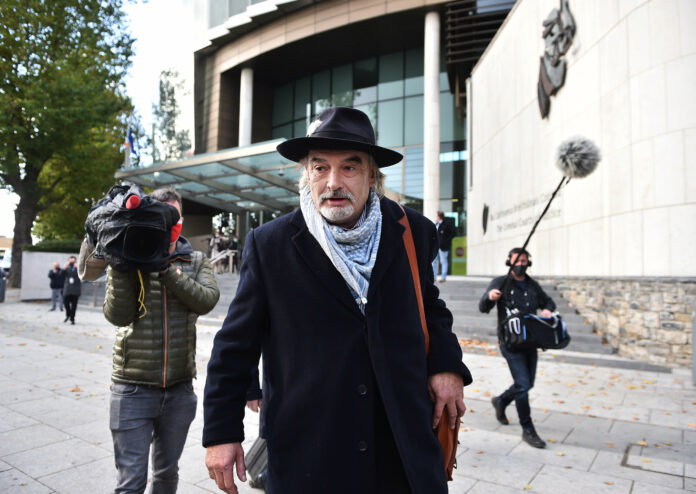Ian Bailey, who was convicted of killing French TV producer Sophie Toscan du Plantier in 1996, has died in Ireland.
The case gripped Ireland for more than 25 years and spawned rival documentaries on Netflix and Sky, along with numerous true crime podcasts. Bailey, a poet and former Sunday Times investigative reporter, died of a heart attack on a street in Bantry, in the south of Ireland, on Sunday.
Bailey had decided to stay in Ireland for the rest of his life, fearing extradition to France, where he was convicted in 2020 of killing Toscan du Plantier. She was found dead outside her West Cork vacation home near Schull on the morning of December 23, 1996. Toscan du Plantier had intended to stay in her Irish home during Christmas before flying back to her husband and family in France.
Bailey repeatedly denied any involvement in Toscan du Plantier’s death.
Charles McQuilan/Getty Images
Sometime late on December 22 or early December 23, 1996, someone chased Toscan du Plantier from the front door of her house to the driveway gate, where she was beaten over the head with a concrete slab.
Bailey, then a freelance journalist, was one of the first reporters at the scene. One Cork editor recalled to Irish police, or gardai, that he phoned Bailey on the morning the body was discovered and asked him to report on it.
Bailey already knew it was the home of a French woman, without being told by the editor or anyone else, the editor claimed. Bailey always denied this accusation.
Gardai focused on Bailey early in the investigation, having noticed scratches on his hand and knowing that he had a history of drunken violence toward his then-partner, Jules Thomas.

Patrick Zimmermann/Getty Images
Gardai arrested him twice and each time he said that he was writing alone on the night of the murder. He said the scratches were from cutting a Christmas tree and plucking a turkey.
A Paris court convicted him of murder in his absence and imposed a 25-year sentence. That was permitted under a French law that allows trials to be held in France for the murder of French citizens abroad. However, the High Court in Ireland ruled that he should not be extradited to France as he had not been granted a fair trial.
When pressed for details, he often remained evasive or said he couldn’t reply for legal reasons. He often denounced those who had information about his alleged involvement, including a former acquaintance who told gardai that Bailey had admitted the killing in a tearful, drunken confession.
In an interview on July 31, 2020, Bailey complained that he was not informed of his legal right to speak to the judge in his Paris trial before the conviction.
Asked why he didn’t simply pick up the phone and call the judge’s office, he said he could have done so but didn’t and that it was now too late as he had already been convicted of murder.
He said that someone had murdered “poor Madame du Plantier” but that he had nothing to do with it. He said he knew there were people in Ireland with information about the killing.
A key piece of evidence in the Paris trial was a sworn statement to Detective Garda John Moore in November 2000 by Cork photographer Patrick Lowney, who said a man with an English accent called him after the killing and asked him if he would be prepared to develop a roll of film “discreetly.”
The man arrived some 45 minutes later and produced a 36-shot roll of film and they went into Lowney’s dark room together. Lowney first developed family photos from the roll.
“After that I noticed that the remainder of the shots were of a woman lying on the ground,” Lowney told the garda.
He said she appeared to be on stony ground in front of a closed gate on a laneway leading into a farmer’s yard, while there was a growth of briars and a stone wall to the side. Lowney could see it was dark when the photos were taken.
The man seemed anxious when Lowney looked at the photos and took them from him before they were dry. He said the man matched Bailey’s description.
Bailey said he did know Lowney, who died in 2006.
Bailey then made unsubstantiated claims that Lowney was known to take photos of teenage girls, and he later admitted that Lowney took only school graduation photos, which included photos of teenage girls in their graduation dresses.
It was one of many occasions in which Bailey sought to besmirch the reputation of people who held potentially incriminating evidence against him in the case.
In 2021, Netflix made a three-part series about the killing and Oscar-nominated film director Jim Sheridan made a documentary for Sky titled Murder at the Cottage: The Search for Justice for Sophie.
Uncommon Knowledge
Newsweek is committed to challenging conventional wisdom and finding connections in the search for common ground.
Newsweek is committed to challenging conventional wisdom and finding connections in the search for common ground.


